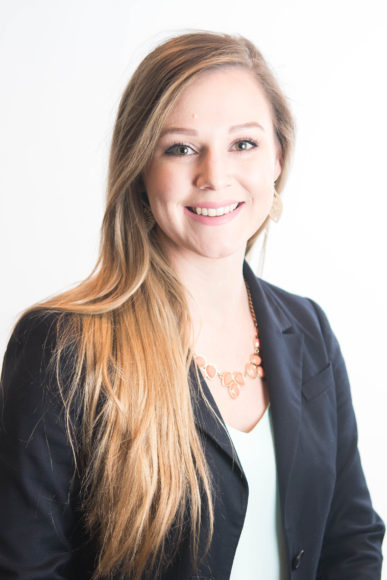At first blush, it appears all is well within the hospital and physician professional liability market: For claims costing less than $2 million, severity is projected to increase 2% and frequency is expected to be flat, according to an analysis released by Aon and the American Society for Health Care Risk Management on Tuesday.
But when you add claims of more than $2 million to the mix, the analysis shows why hospital risk managers are coping with premium rate increases, self-insured retention increases, and insurance carrier capacity reductions. According to Aon’s database, the number of claims costing more than $5 million increased to 0.959 per 10,000 occupied beds in the 2016 to 2018 period from 0.602 during the 2013 to 2015 period.
Virginia Jones, an actuary for Aon and lead author of the study, said the $2 million level was chosen because claims greater that that frequently fall outside the self-insured hospital retention limit and are paid by insurers.
“They are being challenged, when we talk about those commercial excess layers,” Jones said. “The frequency of these large claims has increased over time. They look different. They are larger. From the Aon database, we can see from the average indemnity paid they are 15% to 20% higher than they were.”
Jones said it is clear that the professional liability market is firming, but she said it’s too soon to say that the industry is experiencing a “hard market.” For the past 20 years or so, hospitals and medical professionals were enjoying what was clearly a soft market, she said.
Loss ratios for medical professional liability carriers dipped to 82.7% in 2008 but has ticked up steadily to 102.3% in 2018, according to data from Beazley Group that was included in the report. Beazley said it began to see premium rate increases in 2017-19, but rates have a long way to go before they recover from more than a decade of steady declines.
The Beazley data also showed an uptick in the number of mega claims of more than $5 million. Claims of that size made up only 0.5% of all claims from 2000 to 2002, but 1.9% from 2015 to 2018.

The fact that the amount paid for malpractice claims varies widely from region to region gives another reason for risk managers to tear their hair out.
Aon was unable to state average claim costs nationwide because it lacked credible data from all 50 states. However, its analysis shows extreme variations in amounts paid per claim from 23 states, and even specific regions within a few states.
South Florida stands head and shoulders above any of the other regions for which Aon was able to make projections. Aon established an “advisory rate” of $10,690 for each occupied hospital bed in South Florida. That compares to $5,310 for the rest of Florida and a national average advisory rate of $2,960.
The Chicago and Philadelphia metropolitan areas were also high-cost outliers: The advisory rate for Cook County Illinois was set at $4,920 and the rate for the counties around and including Philadelphia was set at $4,250. On the other end of the spectrum, Indiana, North Carolina and Texas each has an advisory rate of less than $2,000.
Jones said South Florida has been a high-cost region for medical malpractice insurance as long as she remembers. She said typically, high claims costs are driven by more aggressive plaintiff’s attorneys and “plaintiff-sensitive” juries. Political decisions, such as tort reform, and court decisions may also play a part, but it’s difficult to tie loss rates specifically to any single factor, she said.
Jones said Aon updates the report annually to serve as a benchmark for risk managers. And there are a lot of them: According to the report, hospitals employ one risk manager for each 100 occupied hospital beds. Jones said she can’t say if that is less or more than in previous years because Aon has measured the number of risk managers only once before and in both years the rate was about the same.
Aon’s database includes 127 U.S. health care systems with 198,978 occupied hospital beds. That represents approximately 33% of the total U.S. hospital industry.
Was this article valuable?
Here are more articles you may enjoy.


 Survey Shows Distracted Drivers Overconfident: 20% Text While Driving, 15% Use Social Media
Survey Shows Distracted Drivers Overconfident: 20% Text While Driving, 15% Use Social Media  FEMA Denies Washington State Disaster Relief From Bomb Cyclone, Governor Says
FEMA Denies Washington State Disaster Relief From Bomb Cyclone, Governor Says  US Regulator Takes Initial Steps to Boost Self-Driving Cars
US Regulator Takes Initial Steps to Boost Self-Driving Cars  Group Sues California Department of Insurance Over FAIR Plan Surcharges
Group Sues California Department of Insurance Over FAIR Plan Surcharges 